‘The Daleks’ is receiving the colourisation treatment, just in time for Doctor Who‘s 60th anniversary. Here’s everything you need to know about this classic 1963 adventure.
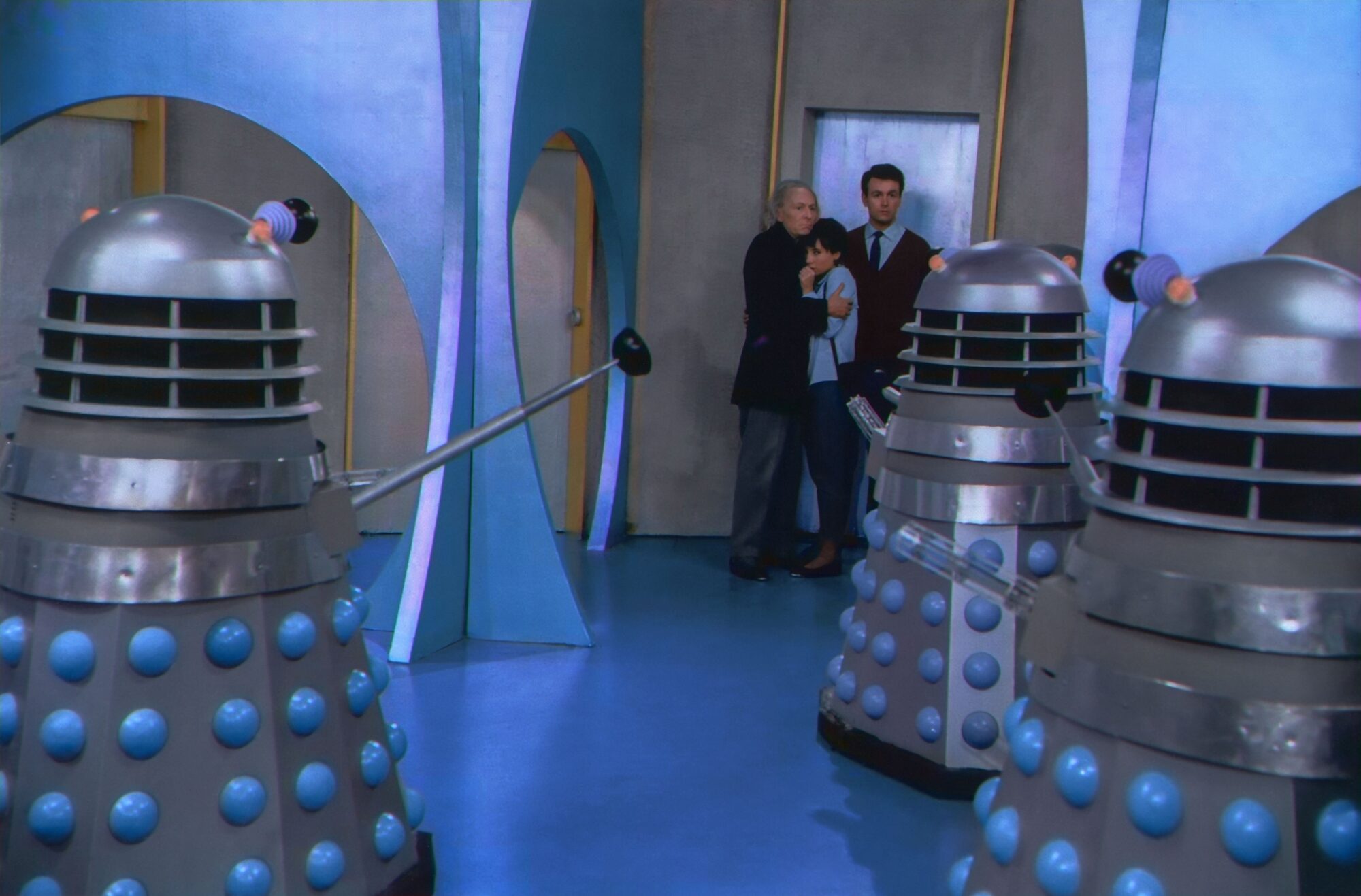
The first thing to note about ‘The Daleks’ is that it came scarily close to never being made at all. The BBC’s original edict for the programme stated that Doctor Who should not contain any “bug-eyed monsters” or robots; it should be a ‘serious’ show that dealt with real science and real history. And so when the programme’s first producer Verity Lambert pitched the concept of the Daleks to the Head of Drama Sydney Newman, he was far from impressed.
In fact, Sydney Newman so disliked the idea of ‘The Daleks’ that it would have been scrapped on the spot if Lambert had any other scripts ready. But the truth was, the early episodes of Doctor Who had experienced numerous delays and were slow getting off the ground. ‘The Daleks’ (also known as ‘The Mutants’) was literally the only serial that Verity Lambert could put into production. If it wasn’t made, viewers would be left staring at a blank screen.
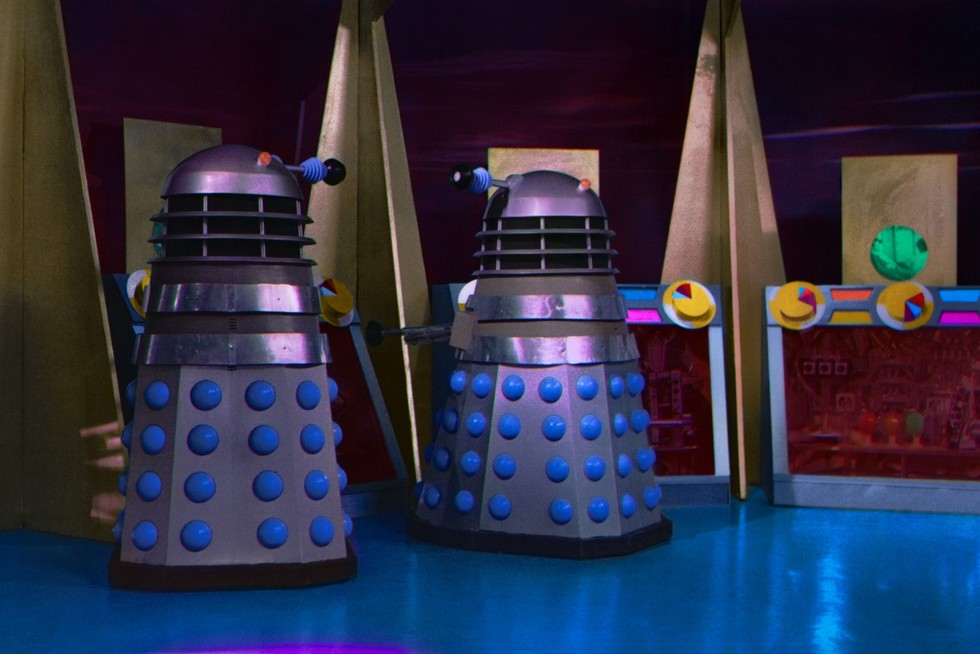
And crucially, ‘The Daleks’ filled an important seven week gap in Doctor Who‘s original run, with the series having been commissioned for 13 episodes. It came from the typewriter of Terry Nation, who had previously written for the comedian Tony Hancock. His inspiration for his first Doctor Who adventure came from the Second World War, with the Daleks based heavily on the Nazi regime. ‘The Daleks’ dealt with the war-ravaged planet of Skaro – a seemingly dead world that had been left saturated with radiation after a long and vicious conflict between the Dals and the Thaals.
Over time, the Dals had mutated and had been forced to live inside purpose-built, armoured casings. They were confined to their city, where they drew power for their travel machines via static electricity which emanated from the floor.
The Thaals, meanwhile, were an altogether different race, peace-loving and beautiful in appearance. They retreated into Skaro’s dense, dying woodland and over time both the Thaals and the Daleks believed the other to be dead. This is the world that the TARDIS arrives in at the beginning of the story.
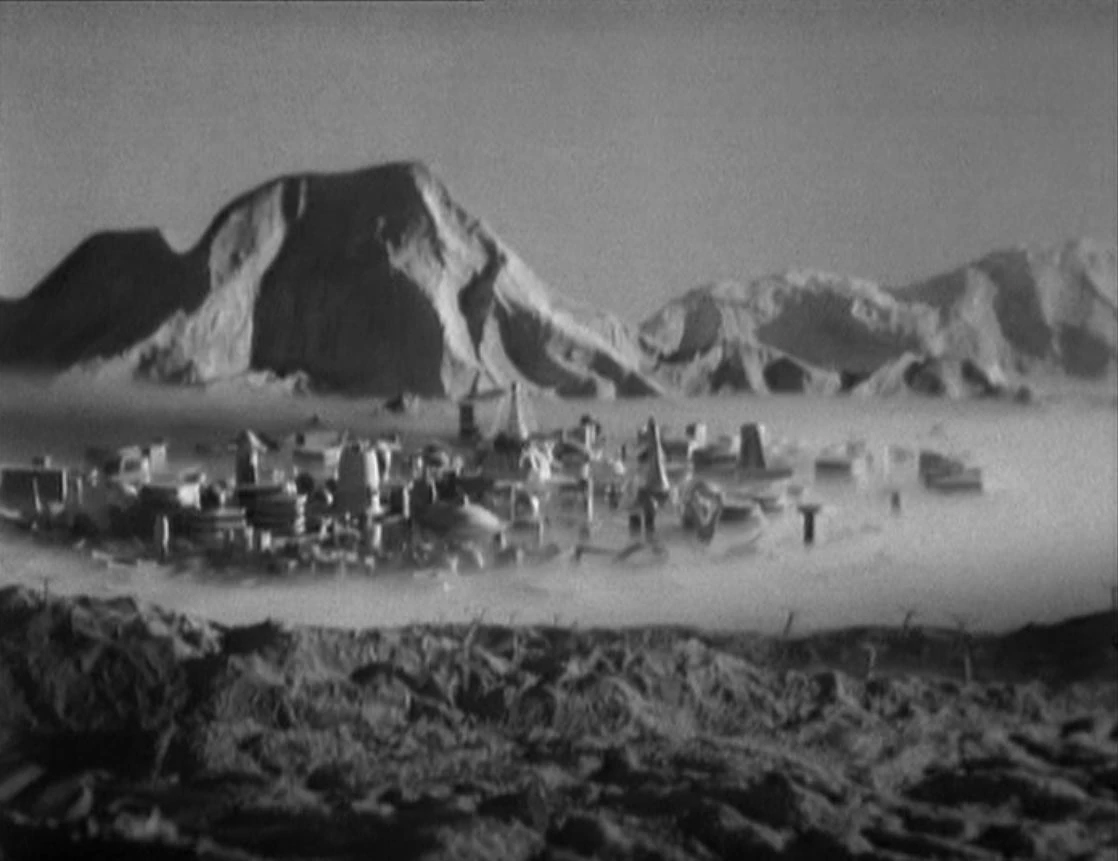
Here’s how Terry Nation described the Daleks in his original script. “Hideous machine-like creatures. They are legless, moving on a round base. They have no human features. A lens on a flexible shaft acts as an eye. Arms with mechanical grips for hands.”
It fell to the BBC’s resident designer Raymond Cusick to make Nation’s vision a reality, and he designed the familiar Dalek shape based on Nation’s description. The job had originally been given to a man named Ridley Scott (yes, that Ridley Scott) but a problem with Scott’s schedule meant that he was replaced with Cusick at the last minute.
And one of Nation’s key stipulations for Cusick was that he didn’t want the Dalek creature to look like a person in a costume. Legend has it that he showed Cusick a pepper pot in the BBC canteen, which he pushed across the table to show Cusick how he wanted his creations to move. In addition, Nation explained that he had been inspired by a recent performance of the Russian State Dancers, and a scene where the performers had come on stage in long skirts. Their feet couldn’t be seen, and it was if the actors were gliding across the floor. This was the kind of movement he wanted for the Daleks.
Of course, the Daleks quickly became a cultural phenomenon and every bit as famous as the Doctor himself, and as iconic as the TARDIS. Arguably, Doctor Who owes a large amount of its early success to the popularity of Nation’s creations.
But it was bittersweet for Raymond Cusick, who didn’t receive any royalties for his design, such were the terms of his contract as a staff designer at the BBC. The Corporation did pay him an additional fee of £100, but Cusick felt that he should have received ongoing remuneration, having played a large part in the Daleks’ conception. Indeed, the monsters had made Terry Nation a very wealthy man.
But Cusick’s name, at the very least, has passed into Doctor Who legend, and he has certainly received recognition in the eyes of fans even if he didn’t receive the monetary compensation that he felt was owed to him.
The Daleks made their debut on the 28th December 1963 in the second episode of the story. Prior to this, on the 21st December, viewers had been given their first tantalising glimpse when one of the monsters’ appendages had been seen approaching the Doctor’s companion Barbara. The viewing figures for this particular episode were 6.9 million, but by the time the final episode of ‘The Daleks’ aired, they had shot up to a staggering 10.4.
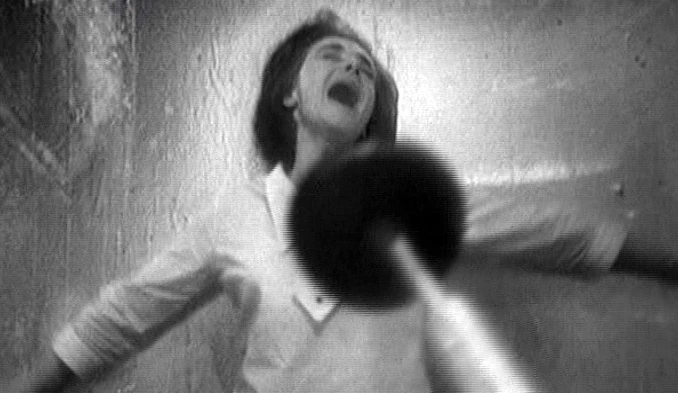
Certainly, the hard work paid off for all involved, even if ‘The Daleks’ was not the easiest of productions. For example, the first episode had to be remounted after it was discovered that the audio from the production team’s headphones could be heard in the recording. Thus, the original take of ‘The Daleks’ episode one became the first missing episode in Doctor Who history.
But it goes without saying that the BBC was delighted with the success of these so-called “bug-eyed monsters,” and Sydney Newman graciously accepted that Verity Lambert knew more than he did, and was more hands-off in Doctor Who‘s production going forward, trusting the new producer to rely on her instincts.
Looking back, it’s hard to imagine Doctor Who without Terry Nation’s creations. Would the series have been as successful if ‘The Daleks’ had never been produced? It’s hard to say. But there is no denying the impact of the metallic mutants, who continue to enjoy success to this day. Indeed, Nation’s original serial was adapted for the big screen in 1965, with Peter Cushing in the titular role, and the fact that the BBC is colourising this story for Doctor Who‘s 60th anniversary is a testament to its ongoing appeal. It will land in the Whoniverse on BBC iPlayer on the 23rd November 2023.
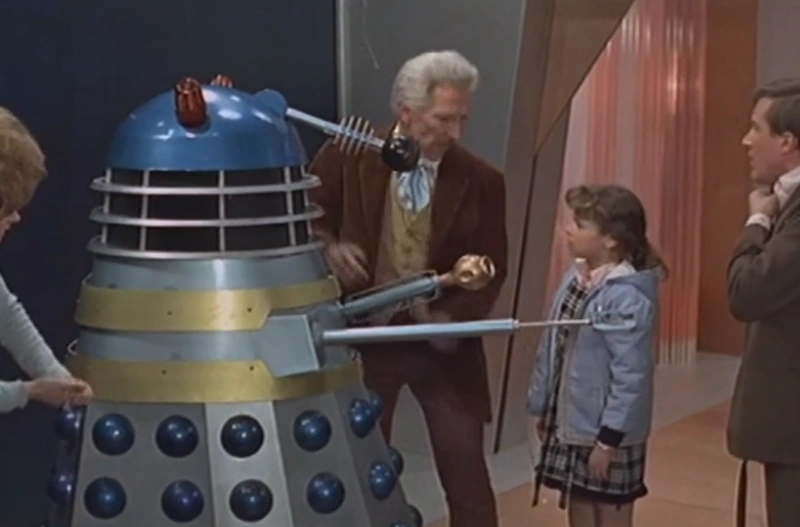
How do you feel about the colourisation of ‘The Daleks’? And what do you like most about this classic Doctor Who story? Let us know in the comments below.









Leave a Reply